
The Faculty/Staff Pride Network (FSPN) is a place of support for LGBTQ+ faculty and staff as well as allies and advocates who are interested in fostering and sustaining a welcoming and affirming climate on campus for LGBTQ+ people. Learn more about our upcoming events by signing up for our listserv (first log into your Lehigh email). For assistance with this process, email pridecenter@lehigh.edu.
Join the Out List at Lehigh!
Join our FSPN email list!


FSPN Leadership Team
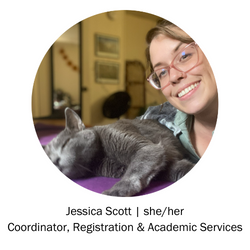
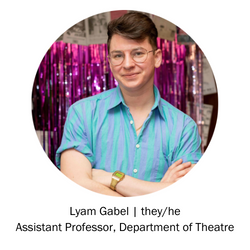
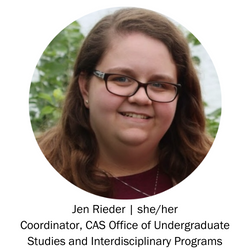
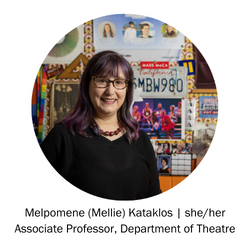

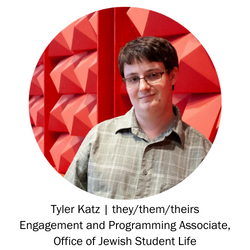

Currently, the class lists you receive may have incomplete information concerning the names and pronouns students use to identify themselves though we are updating university systems, including class lists to ensure chosen names appear. Generally, reading names aloud or ascribing gender based on those lists risks an egregious form of disrespect.
Here are a few easy classroom best practices to help welcome all students to programs and courses:
- Consider utilizing an introductory course survey prior to the first class or during the first class.
- On the first day of class, don't call names aloud from registration sheets. One alternative: pass around a sign-in sheet that lists only LIN numbers copied from the course roster. Tip: list LIN numbers in ascending order and remind students to double-check that the LIN is correct. You might also ask students to complete an informational notecard where, in addition to other information, they write the name and pronouns they'd like to use in class.
- Introduce yourself and indicate which pronouns you use to identify yourself. Mention that it is important to say this aloud because it is easy for people to make assumptions about gender that prove to be false, especially given the social context today in which we have in the same room people who have only ever thought of gender as binary, and other people who understand gender to be complex and non-binary. Many people identify with the gender-neutral pronoun "they" and use it in the first person, where others use the gendered pronouns "he" and "she." All are accepted uses at the University.
- Invite students to share their pronouns as well. Doing so on the first day of class can avoid confusion or disrespect later on. Doing so also sends a strong signal of welcome and support. Inviting is probably better than insisting, because it is possible that some students might not want to draw attention to their gender or pronoun use.
Adapted from Evergreen College
Additional Classroom Resources
- College of Arts and Sciences' Faculty Guide to Gender, Sex, and Sexuality in the Classroom
- College of Business and Economics Faculty Guide to Gender, Sex, and Sexuality in the Classroom
- College of Education's Faculty Guide to Gender, Sex, and Sexuality in the Classroom
- College of Engineering's Faculty Guide to Gender, Sex, and Sexuality in the Classroom
- Lehigh University TA Guide to Gender, Sex & Sexuality in the Classroom
- Asking for Sexual Orientation and Gender Identity Demographic Information
- LGBT+ Inclusivity in Physics and Astronomy: A Best Practices Guide
- Consortium of Higher Education LGBT Resource Professionals: Policy and Practice Recommendations
- Dean Spade: Some Very Basic Tips to Making Higher Education More Accessible to Trans Students
- Customer Service Guide for Serving LGBTQ+ Students at Lehigh
